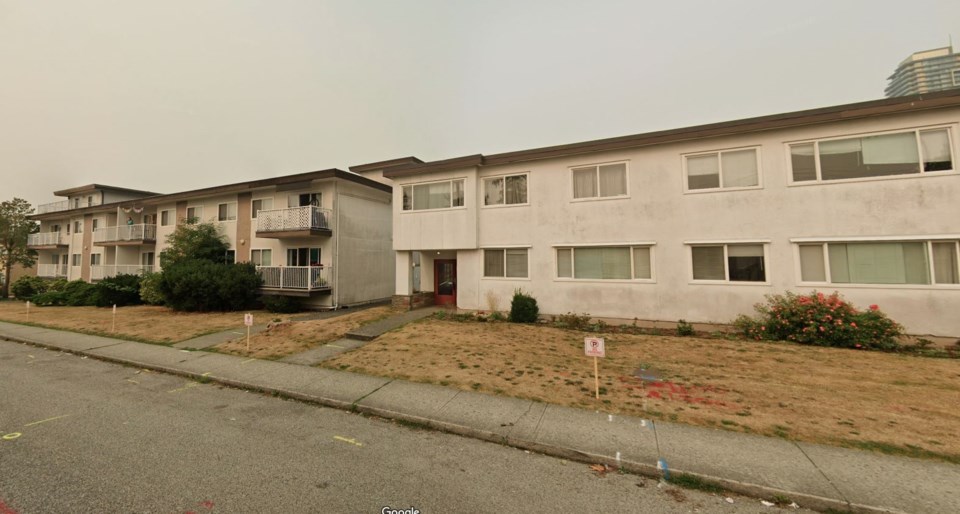Burnaby had the third-highest rate of heat-related deaths in the Fraser Health region during the catastrophic heat dome of June 2021, and the city is working to avoid such deadly outcomes in the future.
One step city officials have taken is to identify local buildings whose residents are at high risk of heat-related illnesses — or worse — resulting from extreme events.
For two years now, city staff have put up posters in those buildings with tips for staying cool, information about cooling centres and ways to identify the symptoms of heat stroke and heat exhaustion, according to a report to the public safety committee in April.
A study by the BC Centre for Disease Control (BCCDC) published in February 2022 found "deprived" neighbourhoods, based on indicators such as economic and social status and the proportion of residents living alone, were most at risk during the heat dome.
The study also concluded high indoor temperatures "likely played an important role."
The buildings targeted in the Burnaby's poster campaign are primarily multi-level residential buildings, according to the public safety committee report.
"Buildings are targeted based on their age and building type, with the understanding that these tend to be without air conditioning, have lower quality window glazing and insulation, and tend to be home to lower income people who may be more vulnerable due to financial, health and/or disability related issues," city spokesperson Chris Bryan told the NOW in a statement.
A list of the 343 buildings obtained by the NOW via a Freedom of Information request shows the at-risk buildings are overwhelmingly located in the Edmonds and Metrotown neighbourhoods, with some in Lougheed and along Hastings Street in North Burnaby.
Besides the poster campaign, the city supports home visits for at-risk residents during heat events, according to Bryan.
This spring, the city also commissioned a UBC graduate student to develop a toolkit for retrofitting the at-risk buildings to better withstand extreme heat.
Oluwasina Agunbiade, a master's student in engineering leadership, delivered a draft of the toolkit to Burnaby's climate action and energy team last week.
The document includes recommendations ranging from behavioural changes and minor retrofits to a so-called "deep retrofit."
Agunbiade said behavioural changes could include strategies as simple as remembering to turn off the thermostat during the summertime, opening windows at night and closing them during the day, buying energy efficient appliances and switching from incandescent to LED bulbs.
"Those [incandescent] bulbs release heat," Agunbiade told the NOW in an interview.
Minor retrofits might include weatherstripping windows and installing indoor window blinds, solar screens or tinted window films.
"Windows are one of the biggest places for solar heat to come into your building because glass is not a good insulator," Agunbiade said.
"The problem is we need to have buildings with windows."
Major retrofits, including adding insulation, replacing windows and installing heat pumps, are more expensive — and deep retrofits cost more still.
A deep retrofit might involve a complete overhaul of the building, including hiring a consultant to audit the building and set performance targets.
One recommendation included in Agunbiade's report is for the city to create a pilot program that would see an at-risk multi-unit residential building (preferably social housing) undergo a deep retrofit.
The project would act as a case study for building owners, giving them a clear sense of how much such a retrofit would cost and how effective it would be.
You can search the list of buildings the city has identified as at-risk for extreme heat in the table below.





